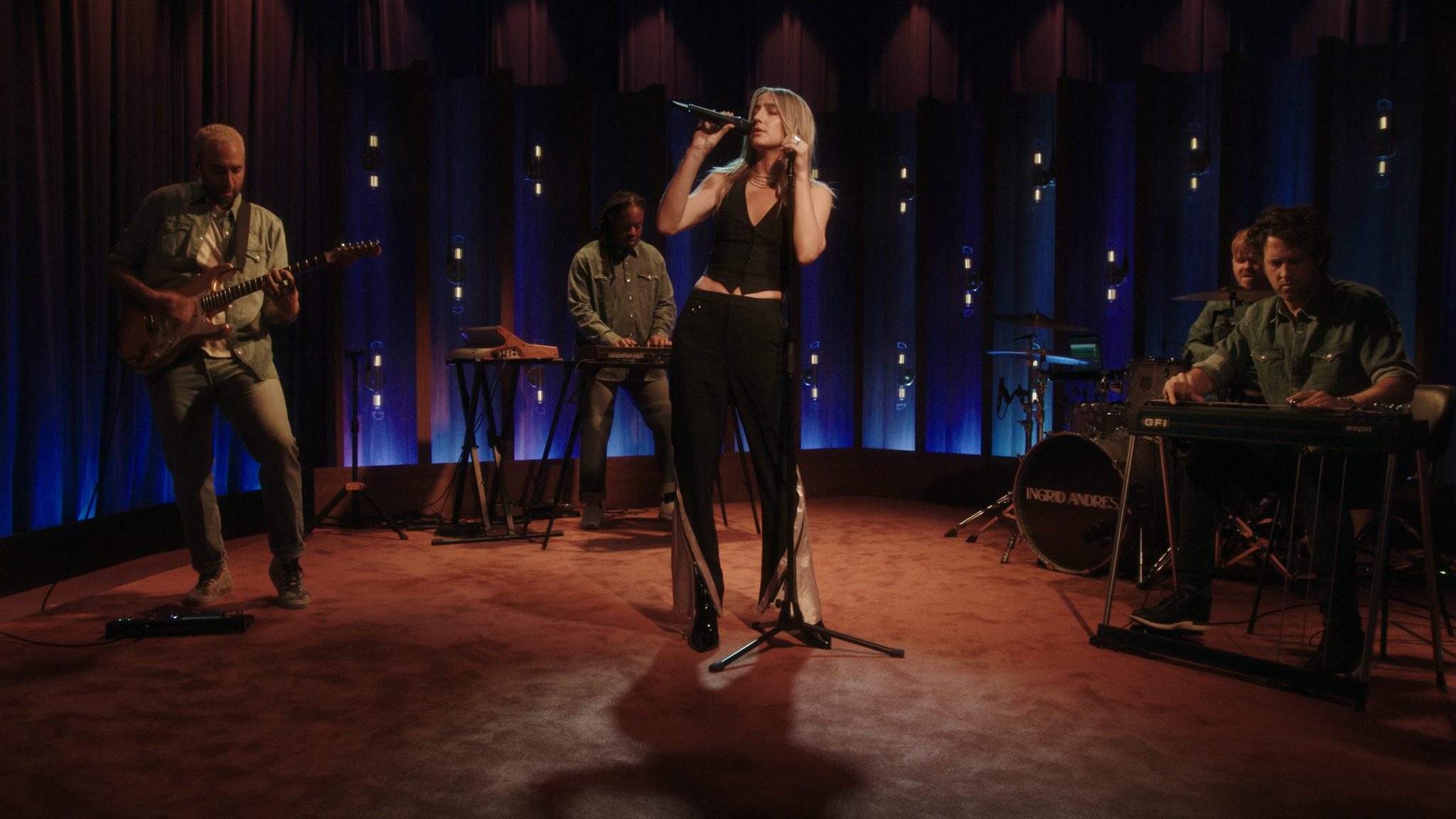With the rapid technological advancements, the entertainment industry is witnessing a shift towards virtual production, transforming how music videos are produced. With the help of virtual production tools, artists and music video directors can create captivating visuals for their music videos. In this blog, we will explore how virtual production is revolutionizing the music video industry and what we can expect from the future of music videos.
What is Virtual Production?
Virtual production is a filmmaking technique used by many leading studios like Arc Studio that allows filmmakers to create & manipulate digital environments in real-time on a soundstage or controlled environment. The method involves combining live-action footage with computer-generated imagery (CGI) and also using virtual reality (VR) and augmented reality (AR) technologies to create a more immersive & interactive production process.
Virtual production studio is becoming very popular as a result of breakthroughs in technology and the pandemic, which has made traditional on-location filming more challenging. The technique allows filmmakers to create entire sets digitally, including landscapes, buildings, and even characters, while giving them more supervision over lighting, camera angles, & other aspects of the production process.
Several types of virtual production exist, including virtual sets, motion capture, and real-time rendering. Virtual sets involve creating digital backgrounds with which actors or singers can interact on a soundstage. In contrast, motion capture consists in capturing the movements of actors/singers and using that data to animate digital characters. Real-time rendering allows filmmakers to see the final product as they shoot, making adjusting lighting, camera angles, and other production elements easier.
Virtual production has been used in several high-profile films & TV shows, including The Mandalorian, The Lion King, and Avengers: Endgame. The technique is expected to become even more prevalent in filmmaking and music production.
Virtual Production and the Future of Music Videos
A virtual production studio uses computer-generated imagery (CGI) and real-time technologies to create immersive & interactive experiences in film/video production. It combines the best of both worlds by using traditional filmmaking techniques with modern technologies to create realistic environments, characters, & special effects that enhance the quality of music video production. Virtual production also improves the quality of music video production. It can help music videos by doing the following things:
Realistic Environments
Any virtual production studio, just like the famous Arc Studio, can use virtual production to create realistic environments that are impossible or impractical to film in the real world. This is particularly useful for music videos that require elaborate sets, exotic locations, or impossible scenarios.
With virtual production, filmmakers can create any environment, whether a futuristic cityscape, an otherworldly landscape, or a fantastical realm. This helps to enhance the visual quality of music videos and creates a more immersive experience for the viewer.
Dynamic Camera Work
Virtual production studio like the famous Arc Studio allows for dynamic camera work, enabling filmmakers to capture shots that are difficult or impossible to achieve in traditional filming. With real-time technology, filmmakers can preview the camera angles and movements before shooting, allowing for more precise and creative camera work. This helps to enhance the visual storytelling of music videos or to capture various dance moves. Overall, this adds more depth and nuance to the production.
Interactive Lighting and Special Effects
Virtual production allows filmmakers to control lighting and special effects in real-time, enabling them to create interactive and dynamic scenes. This is particularly useful for music videos that require complex lighting and special effects, such as neon lights, holographic projections, or pyrotechnics. With virtual production, Arc Studio has enabled many filmmakers to create these effects in real-time, giving them more creative control over the final product.
Cost-Effective Production
Virtual production is cost-effective compared to traditional filming methods, and it eliminates the need for expensive sets, location scouting, and physical props, reducing the overall cost of production. This enables filmmakers to invest more resources in other production areas, such as post-production editing and visual effects. This, in turn, helps to enhance the overall quality of music video production.
In conclusion, virtual production is a game-changer in music video production. It allows filmmakers to push the boundaries of creativity and produce music videos that are visually stunning, immersive, & unforgettable.
Future of music video production
Virtual production is a rapidly evolving technology that enables filmmakers and content creators to produce interactive videos. This technique has gained significant popularity in the film industry, where it has been used to create stunning visual effects and elaborate sets. In recent years, virtual production has also started shaping the future of music video production, revolutionizing how music videos are created and consumed.
One of the key advantages of employing a virtual production studio for music video production is the ability to create visually stunning environments at a fraction of the cost and time required for traditional on-location shoots. With virtual production, artists and directors can create entire worlds, sets, and backdrops in a virtual environment, eliminating the need for expensive physical sets and lengthy location scouting. This allows for more creativity and flexibility in the music video production process. This way, artists can experiment with new concepts and ideas previously out of reach.
Another significant advantage of virtual production is the ability to control lighting, camera angles, & special effects in real-time, giving filmmakers more control over the final product. This allows for more efficient use of time, reducing the need for post-production work and resulting in a faster turnaround time for music videos. The technology also allows for more intricate camera movements and complex shots, resulting in a more engaging and dynamic visual experience for viewers.
Virtual production is also helping to break down barriers to entry for up-and-coming artists, enabling them to create high-quality music videos without breaking the bank. With the rise of virtual production technology, developing professional-grade music videos using relatively inexpensive equipment and software is possible. This is leveling the playing field and providing more opportunities for artists to get their music and visuals in front of a larger audience.
For example, Arc Studio started music video production only recently but has made its mark by using virtual production.
One of the most notable examples of virtual production in music video production is Travis Scott’s “Franchise” music video. The video was produced entirely using virtual production techniques, with the rapper and his team creating a vivid and immersive environment that transported viewers into a fantasy world. The video was praised for its creativity and technical innovation, cementing virtual production’s place as a game-changer in the music video production world.
In conclusion, virtual production is shaping the future of music video production by providing artists and filmmakers with greater creative freedom, more control over the final product, and reduced costs and timeframes. As technology advances and becomes more accessible, virtual production will likely become a standard tool in the music video production process.

































